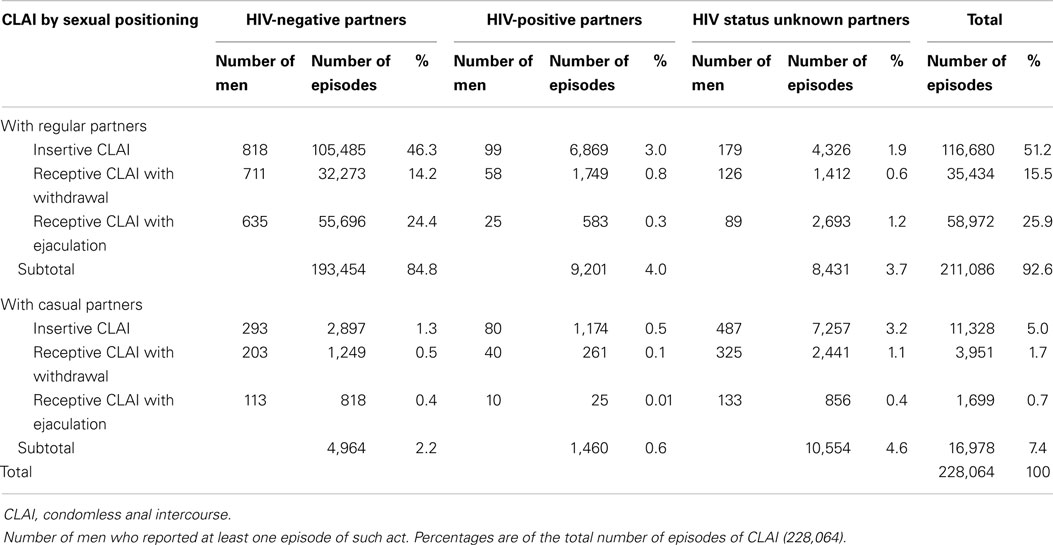New Article Reveals The Low Down on Spanish Donkey Torture Device And Why You Must Take Action Today
 In the chapter «Truly Incremental Development,» McBreen argues that making code readable and maintainable will «dumb down» the software (p67). What it does promote is making code clear wherever possible. In his defense, it must be made clear that this was a trying time for him. If the organization values the ability to deliver what the business is looking for, then it must learn how to grow the body of people able to drive a project as customer. Aidan Minter was walking across Tower Bridge in central London heading for a business meeting. I’ve been burned by too many high-priced consultants, with an attitude like McBreen’s, who left behind unmaintainable messes. From what I’ve seen, most software development is broken, or at least bent. Worst case, I would at least know what to expect in terms of resistance when discussing XP. DNA samples from 30 species of bedbug revealed the insects had been around for at least 115 million years.
In the chapter «Truly Incremental Development,» McBreen argues that making code readable and maintainable will «dumb down» the software (p67). What it does promote is making code clear wherever possible. In his defense, it must be made clear that this was a trying time for him. If the organization values the ability to deliver what the business is looking for, then it must learn how to grow the body of people able to drive a project as customer. Aidan Minter was walking across Tower Bridge in central London heading for a business meeting. I’ve been burned by too many high-priced consultants, with an attitude like McBreen’s, who left behind unmaintainable messes. From what I’ve seen, most software development is broken, or at least bent. Worst case, I would at least know what to expect in terms of resistance when discussing XP. DNA samples from 30 species of bedbug revealed the insects had been around for at least 115 million years.
It led to the arrests of two men believed to be the owners of the protected species. Could FastSize work on men of normal penile length? Levine says it might. But, afterward, normal sleeping and eating patterns prove difficult to reëstablish. Many gods looked at Emperor orgy Cangyu with a little more respect and respect, and they did not dislike him because of what Emperor Cangyu did, but they admired him very much. Even the most experienced developers learn more through pairing. The majority of developers are adequate at best. On page 60, the author talks about the XP planning game: «The accuracy of the estimates produced during the planning game needs to be investigated, especially for organizations that are just adopting XP. McBreen admits that XP teams are producing software where «the quality of the resulting applications is better.» (p110) The chapter ends on the note that testers should be an integral part of software development, as XP promotes, «rather than after-the-fact commentators and critics, as in the traditional approach.» Excellent observation. Also included in the conclusions are assertions that aren’t discussed anywhere in the book. Attempt it only when the benefits massively outweigh the costs.» This is an obvious assertion, yet it is repeated a few times in the book.
The sheer number of songs was also the main issue for the Financial Times reviewer, who accused the creators of having «taken a large jukebox and pressed the shuffle button». It can also be painful to swallow liquids with a tonsil stone if it is large enough and in the right place. Were McBreen to have gotten the name right and have done a bit more research, he could have helped explain in the previous chapter that test-first design is one more way that design is always happening in XP. This is to be forgiven, since the XP community keeps changing the name. Absolutely. I might not know much about what they are doing, but I’m extremely proud of what they do. No matter how much planning, and how experienced a team is, software developers cannot predict the next hour accurately, let alone the thousands of hours that represent a typical project.
» is an interesting discussion of how to assess the role of methodologies in your specific project. » provides a good summary of the various development methodologies in use today. Chapter 4, «What do other methodologies consider important? Chapter 5, «What is important for your projects? For example (p175): «If the majority of your projects involve writing life- or safety-critical embedded software, please don’t even think about using XP.» Please tell me why. Additionally, a parent can contact our privacy support team through the privacy support form and, following authentication, request that the data types on the privacy dashboard together with the following data be deleted: software, setup, and inventory; device connectivity and configuration; feedback and ratings; fitness and activity; support content; support interactions; and environmental sensor. Chapter 16, «Requirements: Documentation or Conversation» re-emphasizes one of the author’s main concerns about XP: the reality of finding an on-site customer with enough knowledge to be able to accurately feed the development team. In XP, the team has lots of opportunities to estimate and to learn how to do it well-the team hones their estimating skills every two weeks. I appreciated Questioning XP, because it presents many good challenges that need to be addressed.